When you first walk into a gym, the sight can be overwhelming — heavy barbells clanking on the lifting platform, ripped athletes posing in front of mirrors, and rows of dumbbells waiting for the next lifter. Behind all this activity lies two distinct but often confused goals: strength training and bodybuilding.
While they both involve lifting weights, the endgame is different — and understanding their differences can help you tailor your workouts to match your personal goals.
Strength Training vs Bodybuilding: The Core Distinction
At its heart, strength training is about one thing: getting stronger. It’s centered around lifting heavier weights over time, increasing pure strength and power. Whether it’s through deadlifts, squats, or bench presses, the goal is to improve performance — not necessarily appearance.
Bodybuilding, on the other hand, is focused on aesthetics. The aim is to build muscle size, create symmetry, and achieve that chiseled, defined look often associated with fitness competitions. A bodybuilder lifting weight might prioritize moderate to heavy loads with higher repetitions to achieve muscle hypertrophy (growth), rather than maximum strength.
Bodybuilding vs Strength Building: Training Style and Physique
Strength training routines — like powerlifting or Olympic lifting — involve low-rep, high-weight sets. Athletes may perform just 2 to 5 reps per set, focusing on moving as much weight as possible with perfect technique. Their physiques are usually dense and powerful but may lack the "shredded" look associated with bodybuilders.
Bodybuilders, however, design their weight training around maximizing muscle size. They target specific muscle groups with higher-volume workouts — often 8 to 15 reps per set — and use a variety of exercises to sculpt their bodies. The goal isn’t just big muscles; it's about proportions, muscle separation, and definition.
When comparing strength training vs bodybuilding physique, a strength athlete typically looks solid and powerful, while a bodybuilder appears more “cut” and sculpted.
Weight Lifting for Bodybuilding: More Than Just Heavy Weights
Many beginners assume bodybuilding is all about lifting the heaviest weights possible. In truth, weight lifting for bodybuilding focuses on muscle fatigue and time under tension. Bodybuilders often use techniques like drop sets, supersets, and tempo-controlled movements to maximize muscle growth.
Unlike a weightlifter bodybuilder hybrid who might split focus, pure bodybuilders rarely test one-rep maxes. Instead, they chase the "pump" — that feeling of muscles swelling during a high-rep workout.
Bodybuilding vs Weightlifting: An Olympic Perspective
It’s also important to differentiate bodybuilding from Olympic weightlifting. Olympic weightlifting involves technical lifts like the snatch and the clean and jerk, demanding explosive power, speed, and flexibility. In contrast, bodybuilding is slower-paced, muscle-focused, and far less technical.
When comparing Olympic weightlifting vs bodybuilding, it’s like comparing sprinting to sculpting — both athletic but with vastly different approaches and results.
Bodybuilder vs Weightlifter: Muscle vs Power
Ever wondered about the difference between a bodybuilder and a weightlifter? Here’s a simple way to look at it:
-
A bodybuilder trains for size and shape.
-
A weightlifter trains for performance and explosiveness.
Both can be impressively strong, but the bodybuilder strength you see is not always functional in the same way a competitive weightlifter's strength is. In casual terms, it's the classic debate of gym muscles vs real muscles.
Does Bodybuilding Make You Stronger?
While bodybuilding training can definitely increase strength — after all, larger muscles are capable of generating more force — it’s not optimized purely for strength gains. If you want to be able to squat or deadlift enormous amounts of weight, pure strength training for bodybuilding may not get you there as efficiently as a focused powerlifting program would.
That said, bodybuilding for strength is not uncommon. Many athletes begin with hypertrophy-focused programs and transition into strength phases, using bodybuilding weights to build a bigger base before refining their raw power.
Weightlifting and Bodybuilding: Can You Mix Them?
Absolutely. Many of the best physiques and strongest athletes combine elements of both. A smart program can balance weight training and bodybuilding methods with pure strength cycles to create both a powerful and aesthetic body.
Bodybuilding and strength training can complement each other: bigger muscles provide more potential for strength, and increased strength allows you to lift heavier, stimulating even more muscle growth.
Strength Training or Bodybuilding: Which Is Right for You?
Choosing between strength training or bodybuilding depends on your goals:
-
If you want to lift heavier weights, improve athletic performance, and develop "real-world" strength, strength training is the clear winner.
-
If you're aiming for a visually impressive, muscular physique with proportion and symmetry, bodybuilding should be your focus.
Some lifters blend the two: they might spend part of the year building strength, then transition into a bodybuilding weightlifting style to refine their look.
Ultimately, it’s not about one being "better" than the other — it's about choosing the path that aligns with your passion and goals.
Conclusion
Whether you want to chase strength like a competitive weightlifter or sculpt an impressive physique like a pro bodybuilder, both strength training and bodybuilding offer incredible benefits. There's no "one-size-fits-all" answer — and that's the beauty of the gym.
Understand the difference, pick the path that excites you, and enjoy the journey. After all, the barbell doesn't care whether you're lifting it for strength or size — it only cares that you're willing to put in the work.


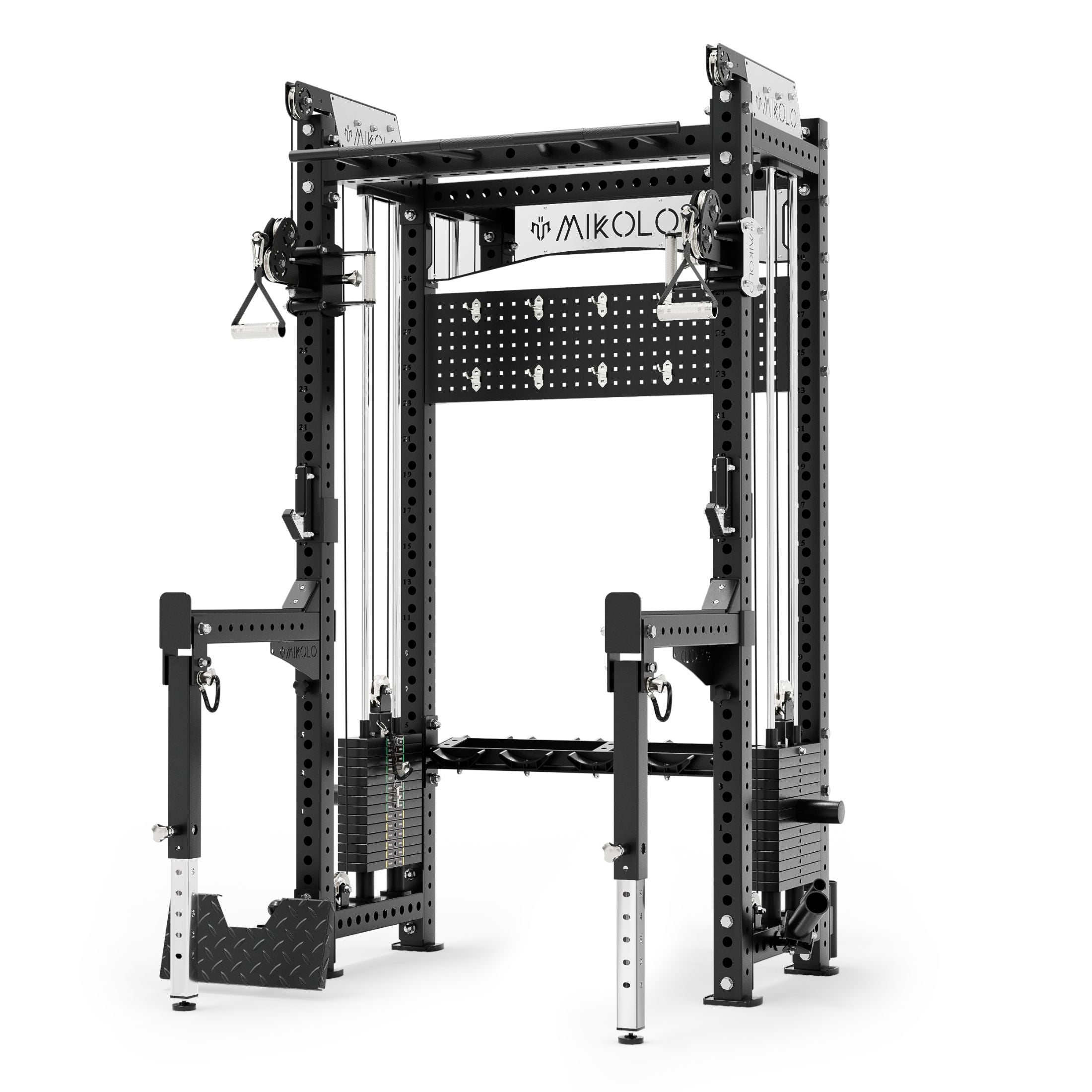
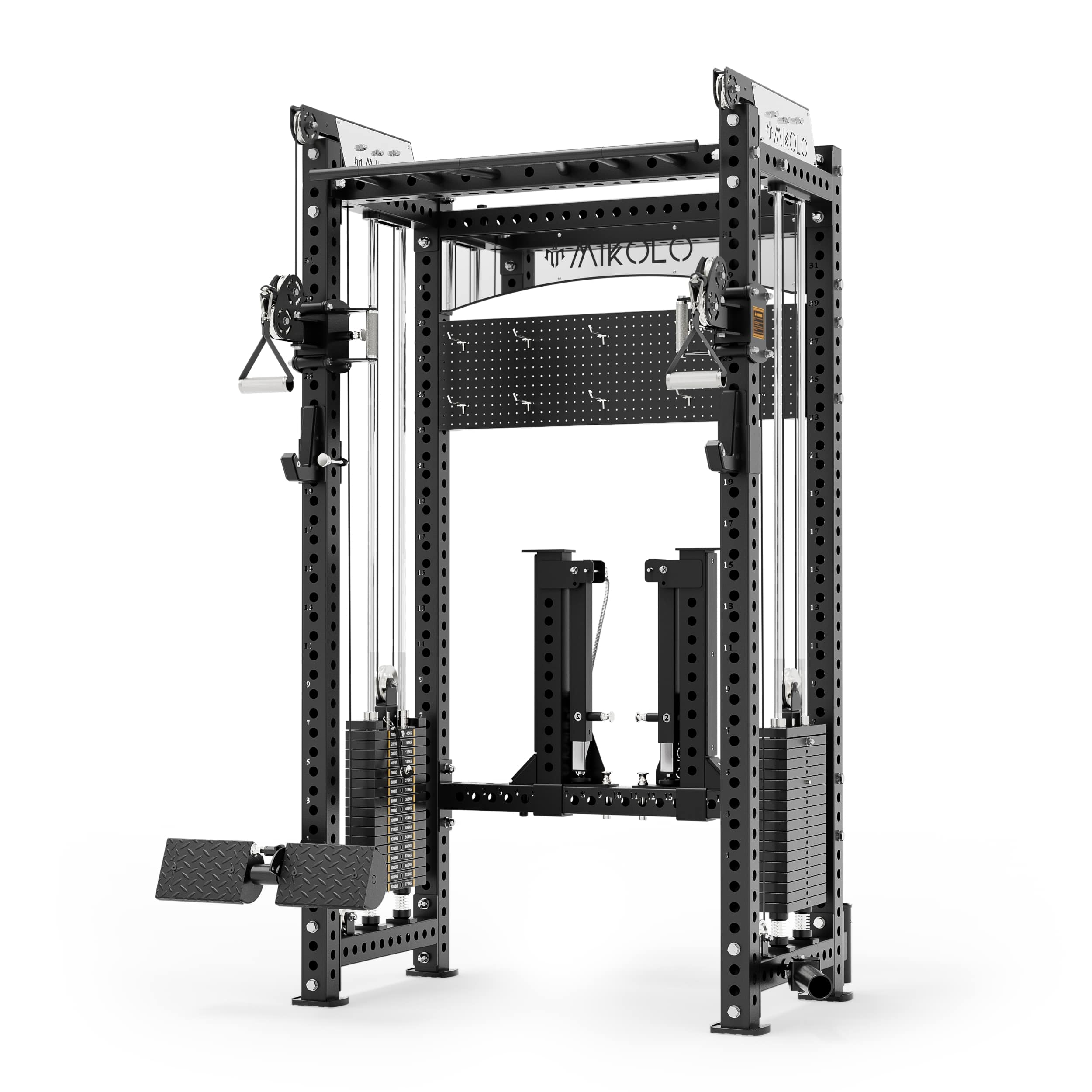
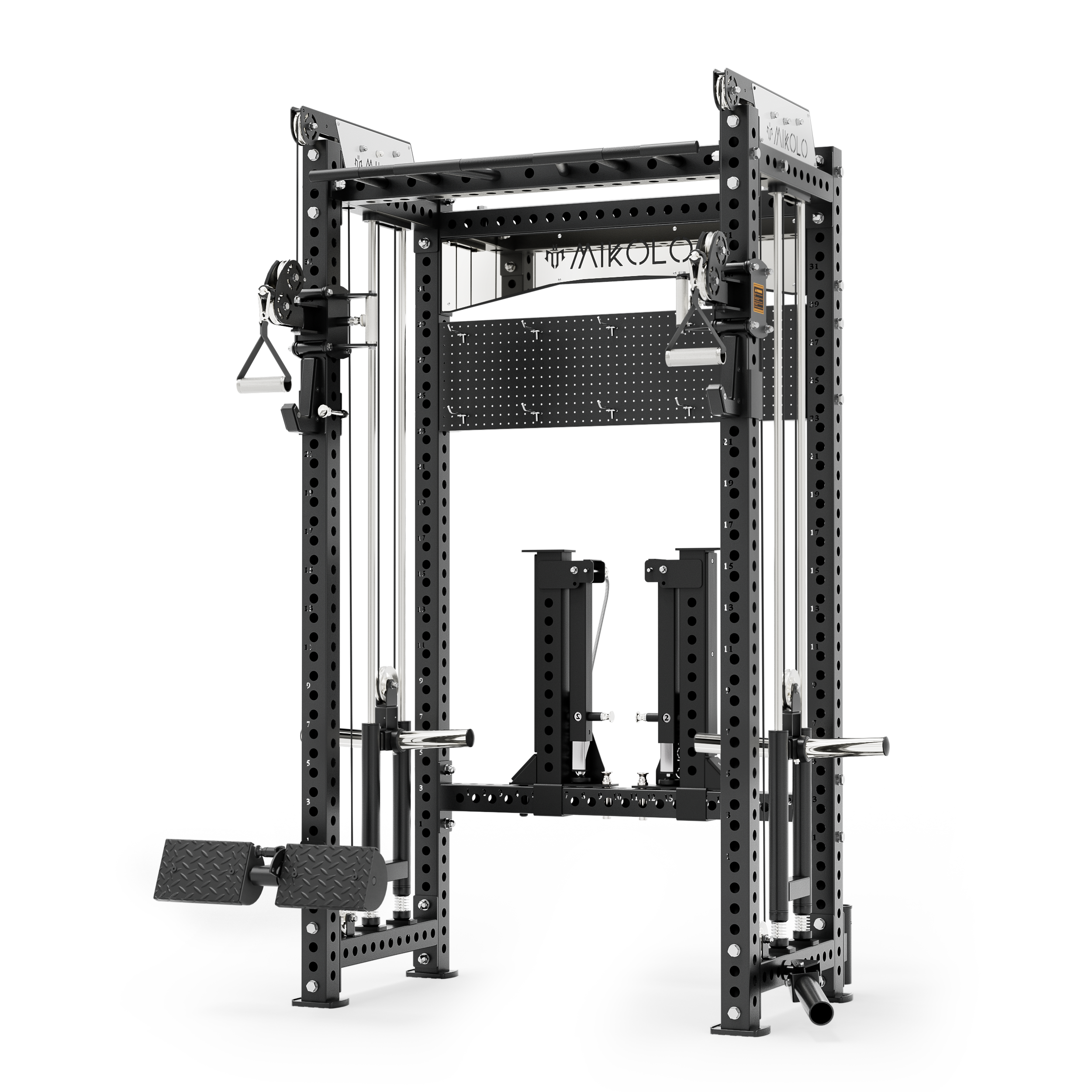


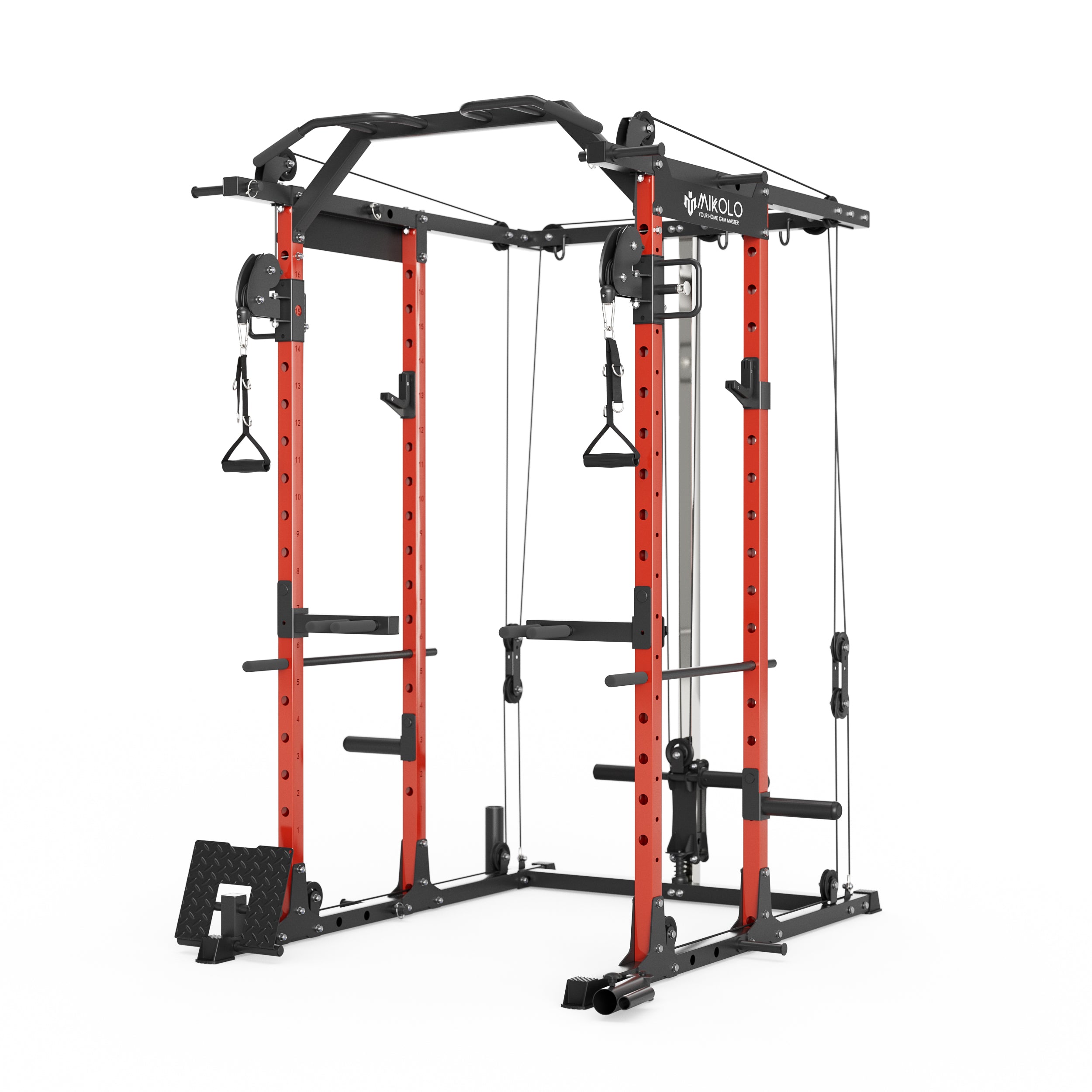
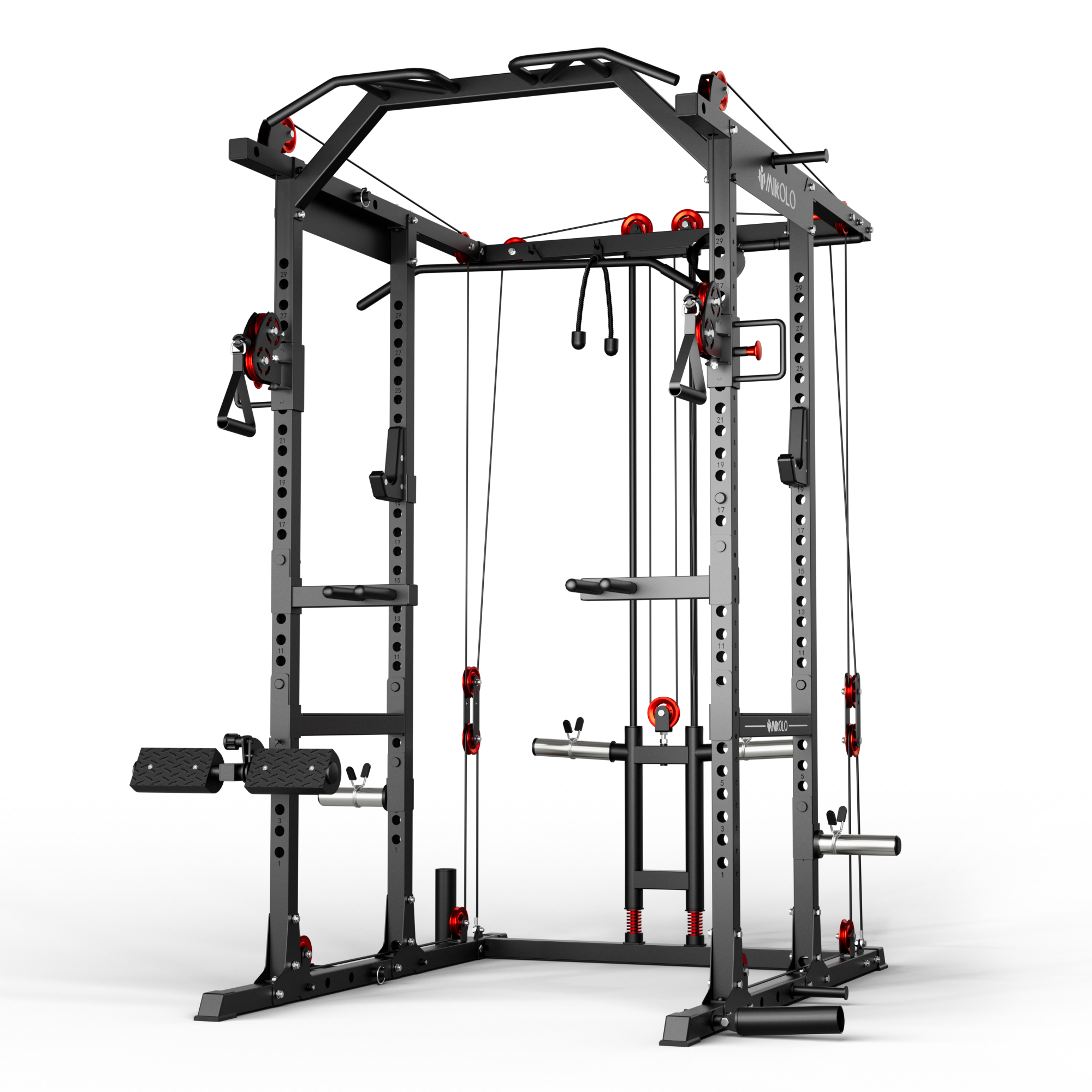

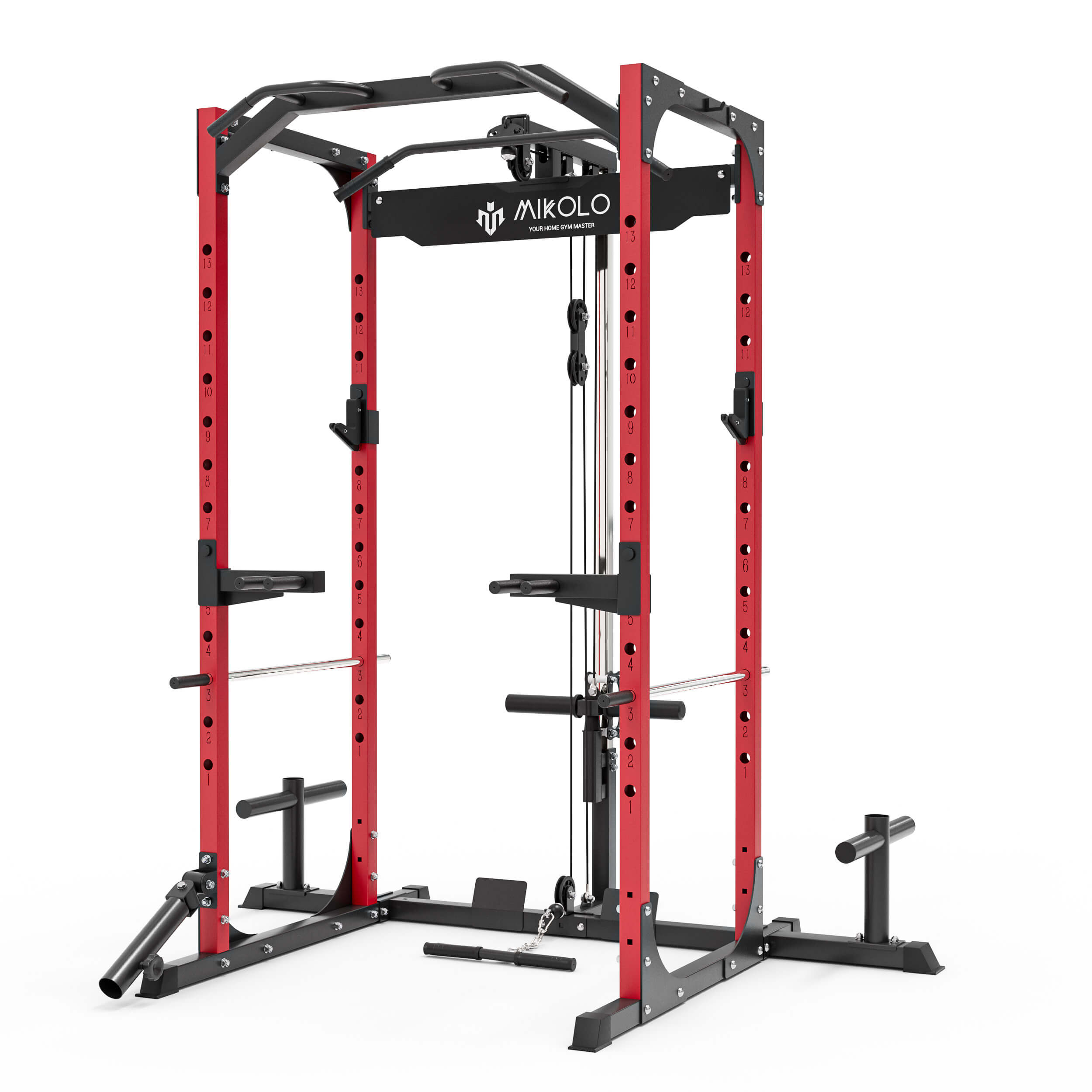

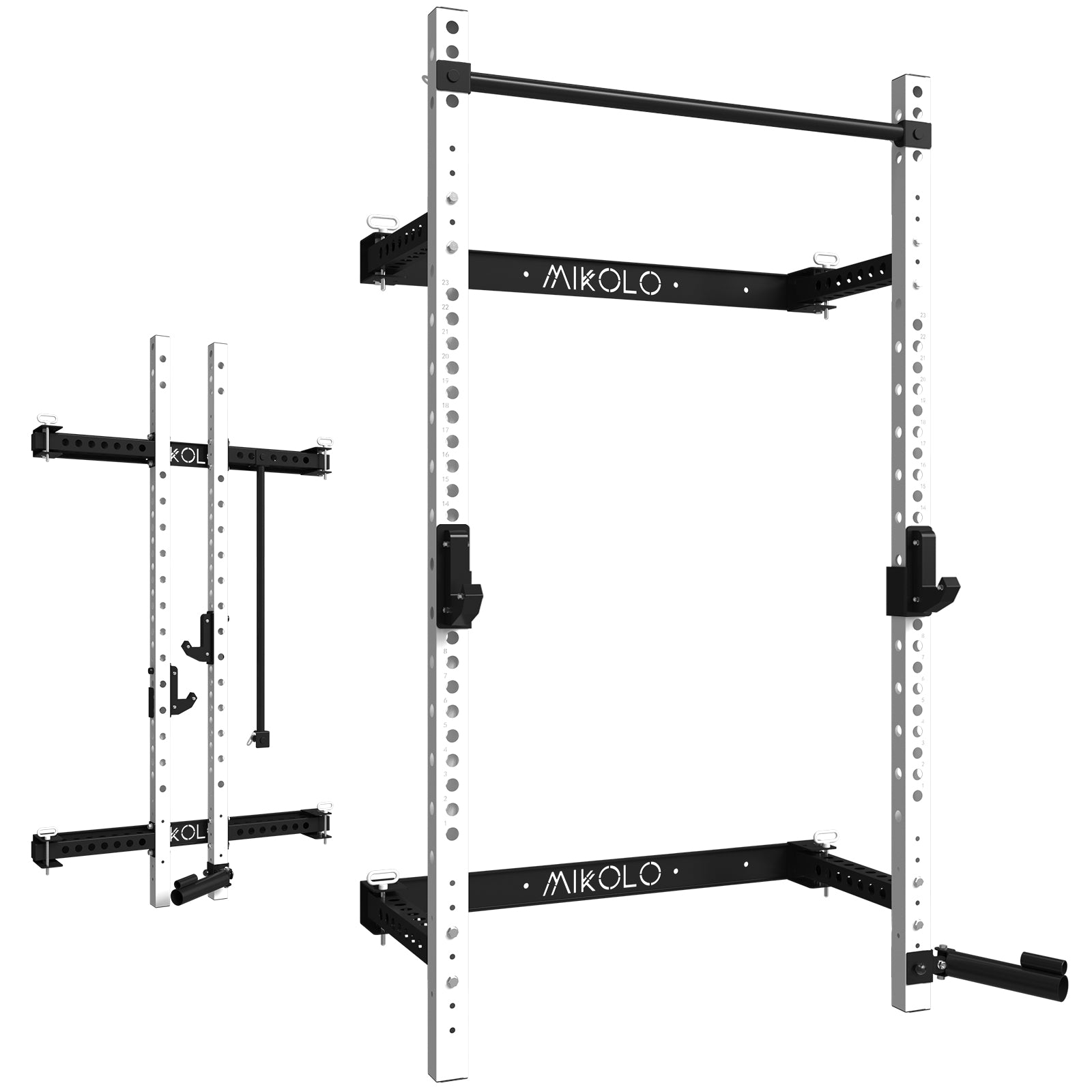

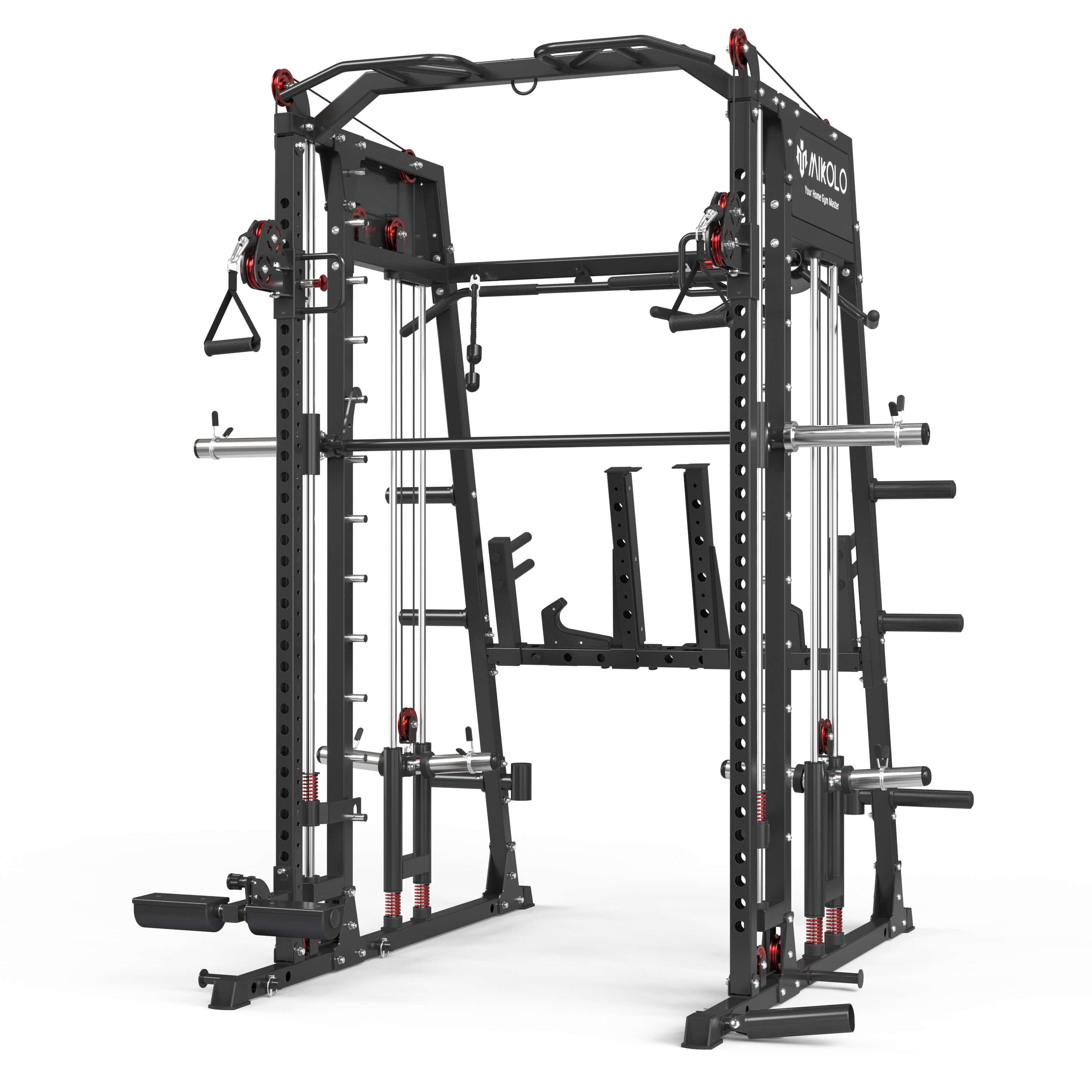
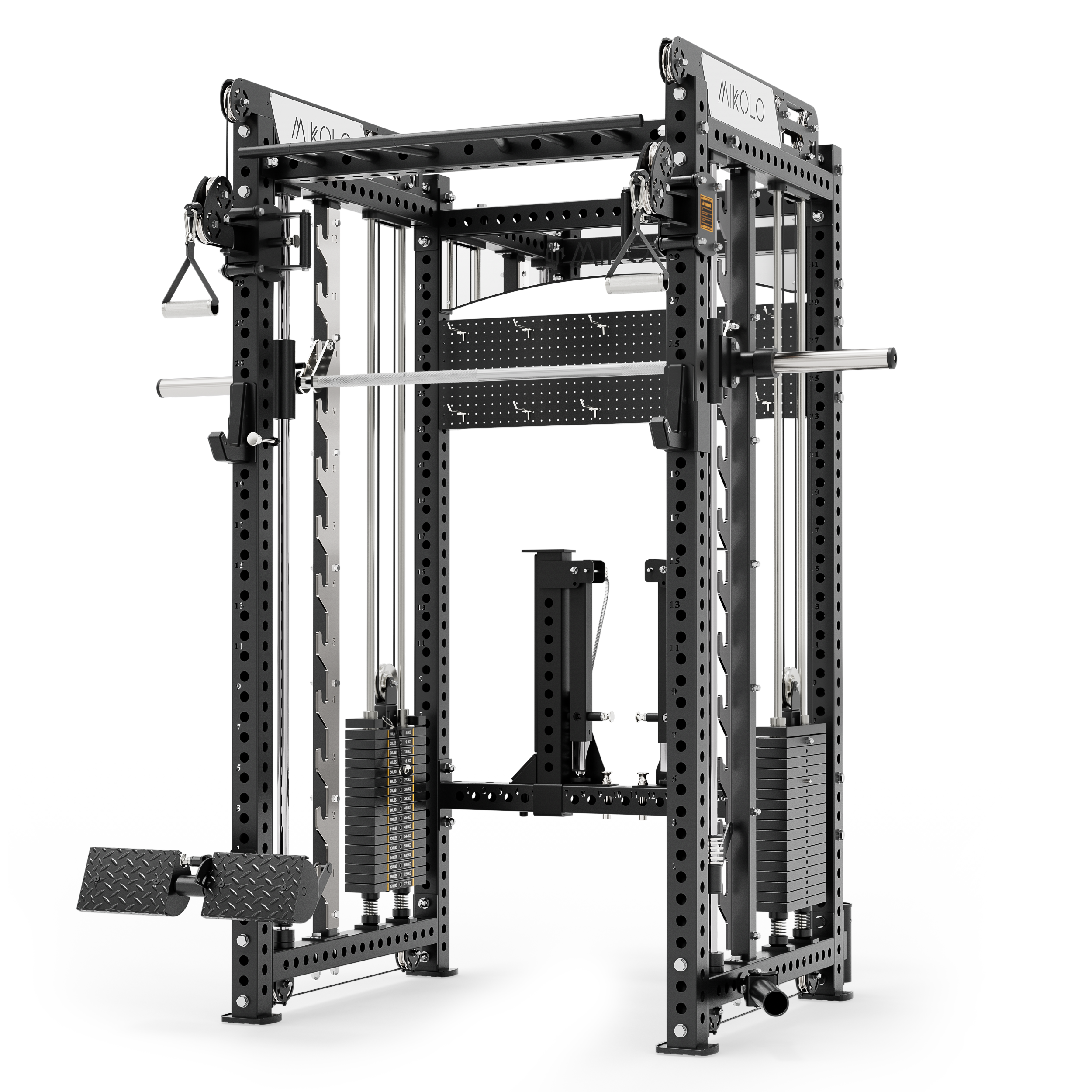
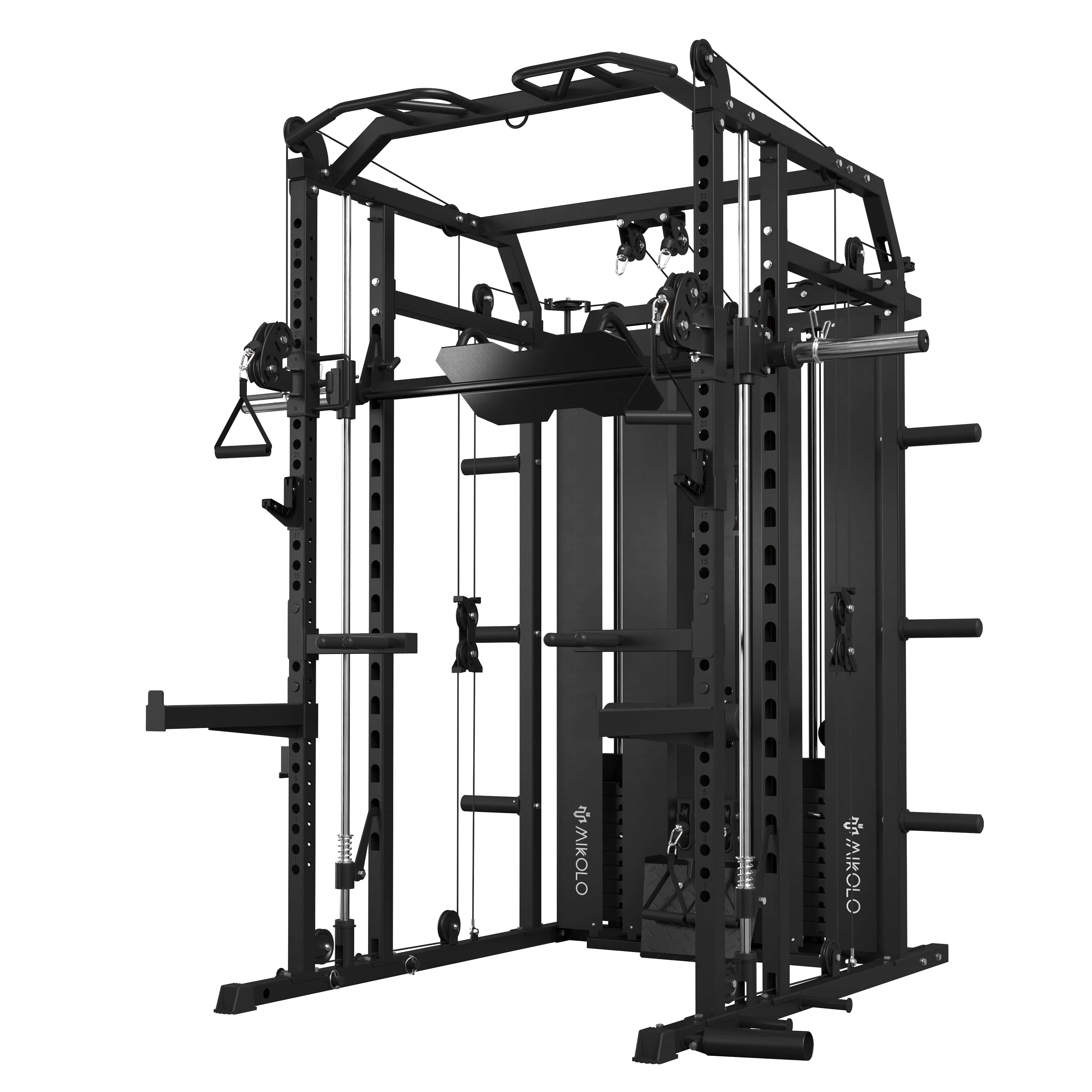
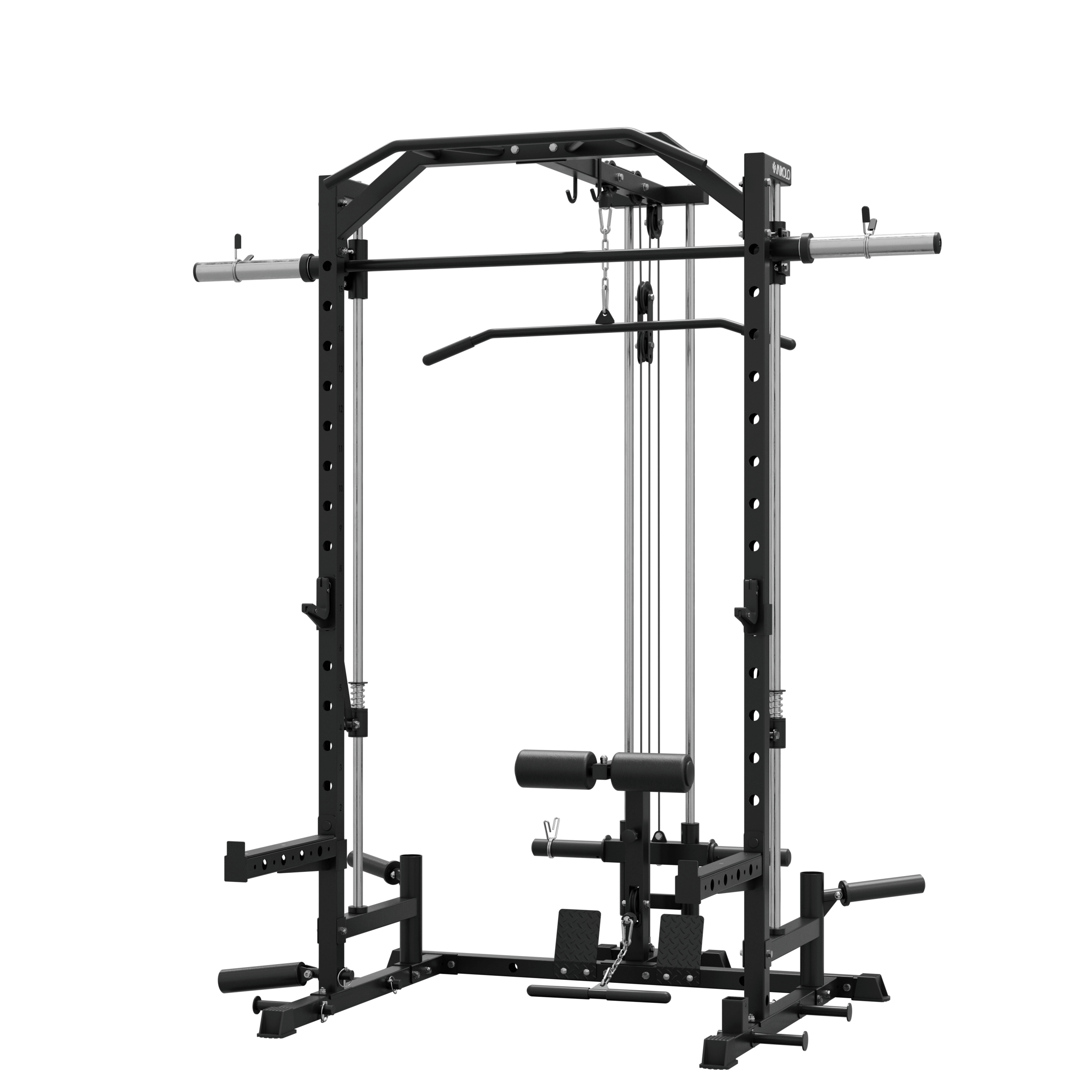
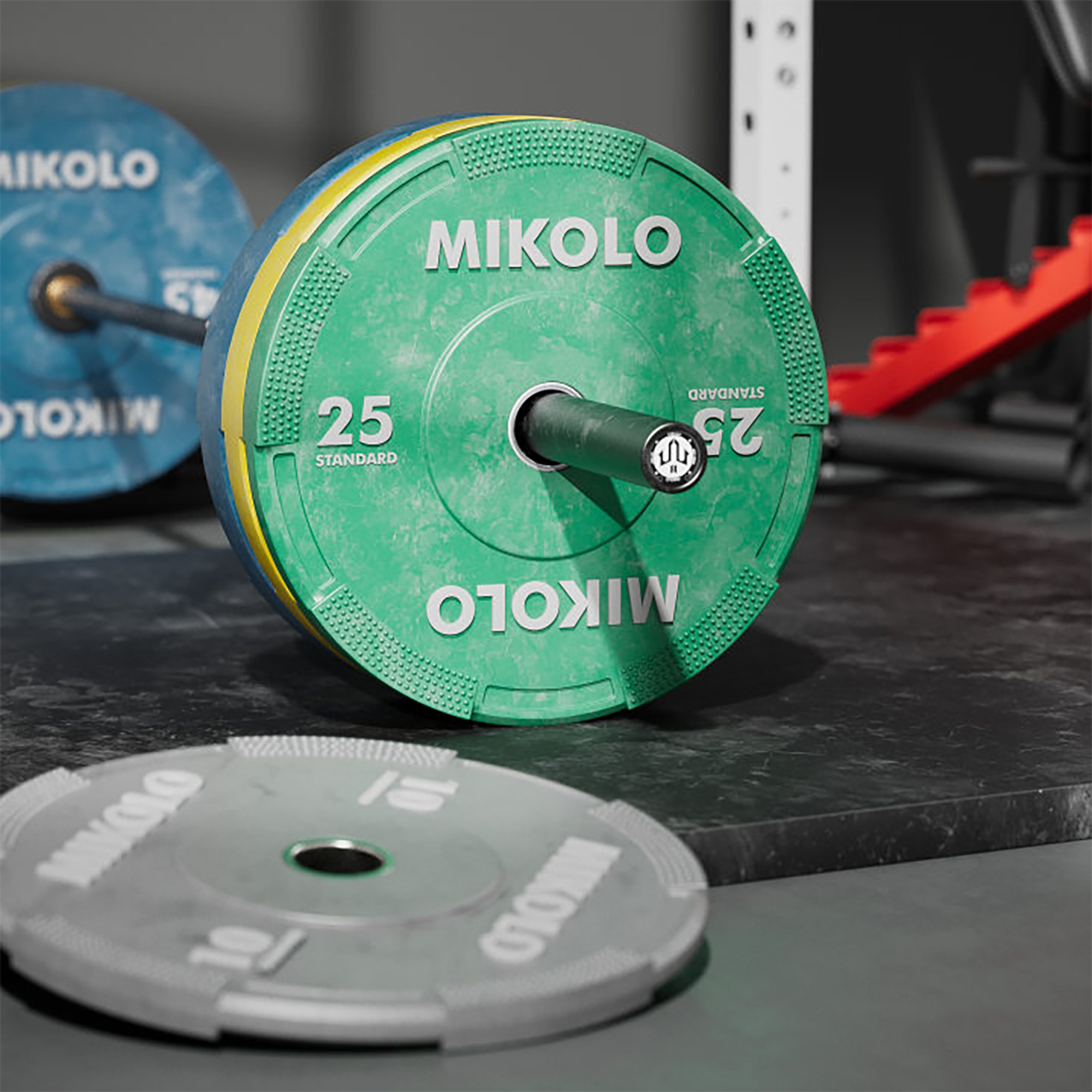






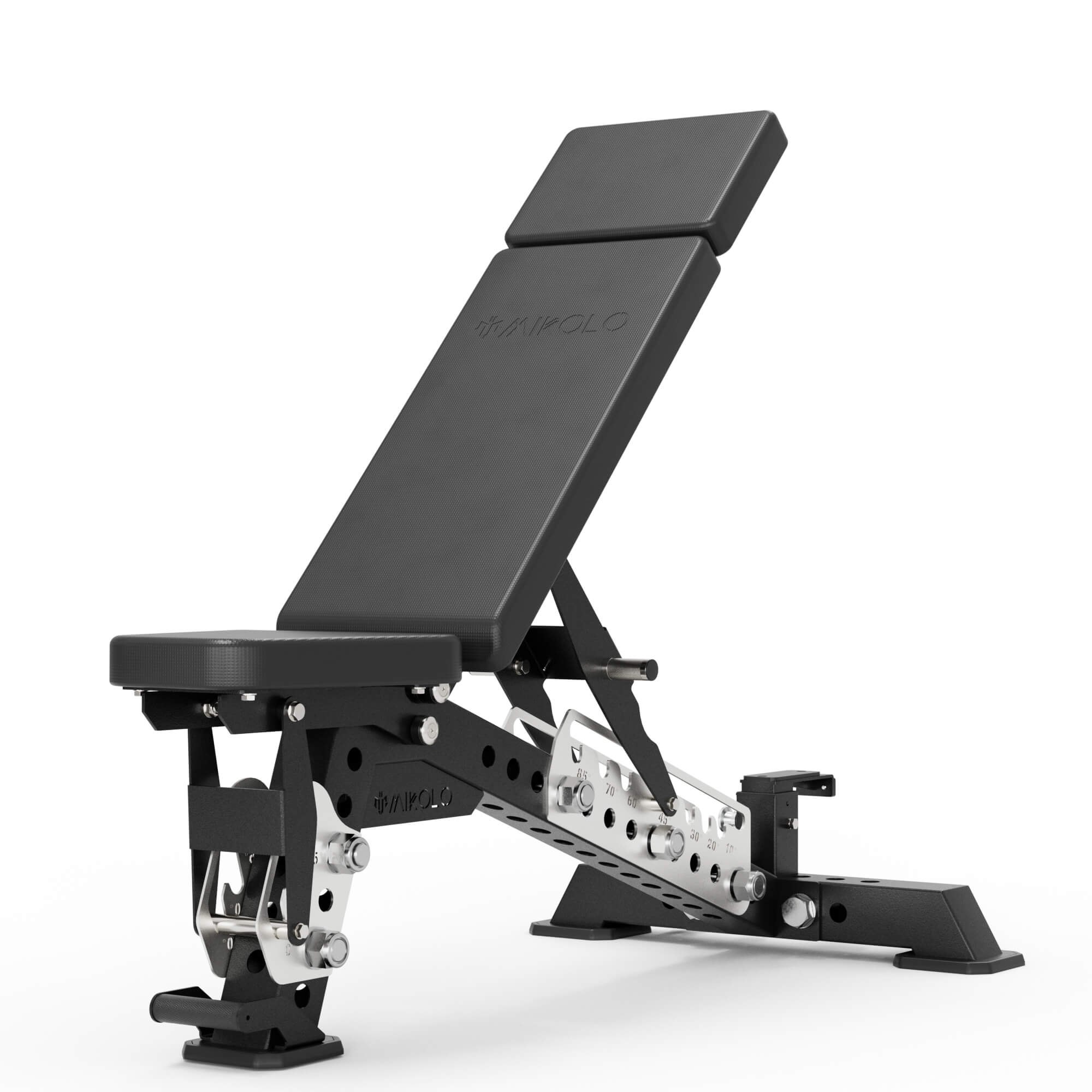
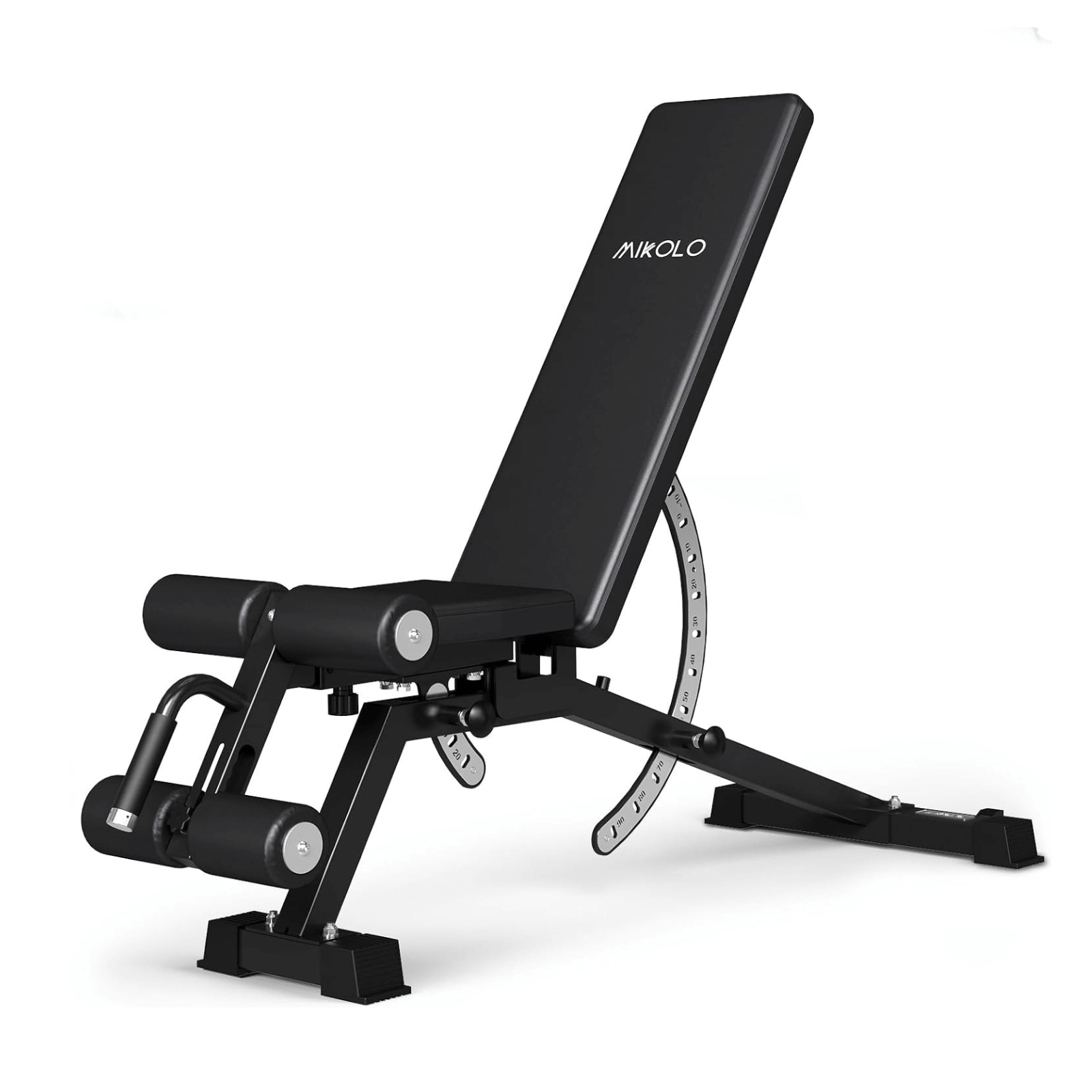




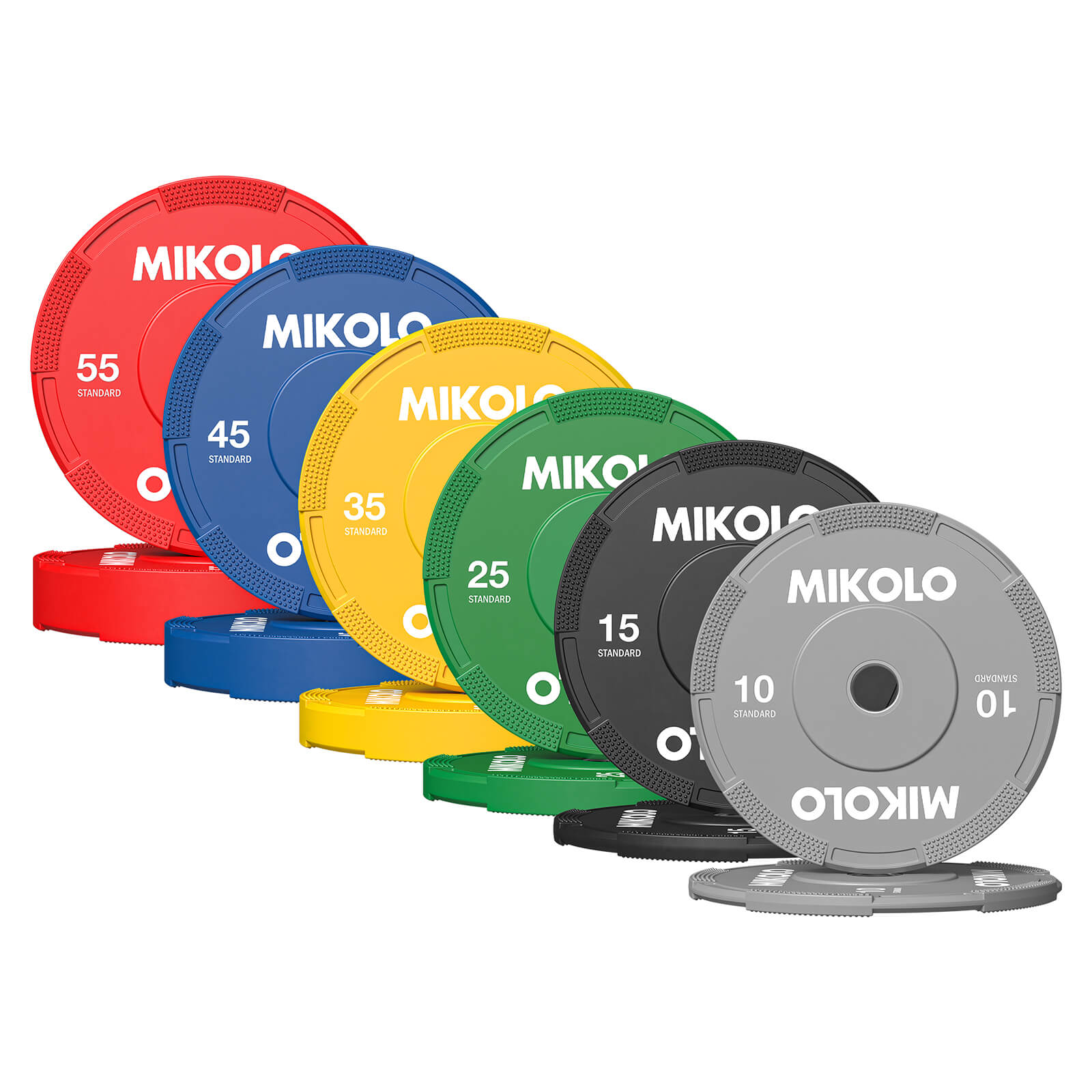
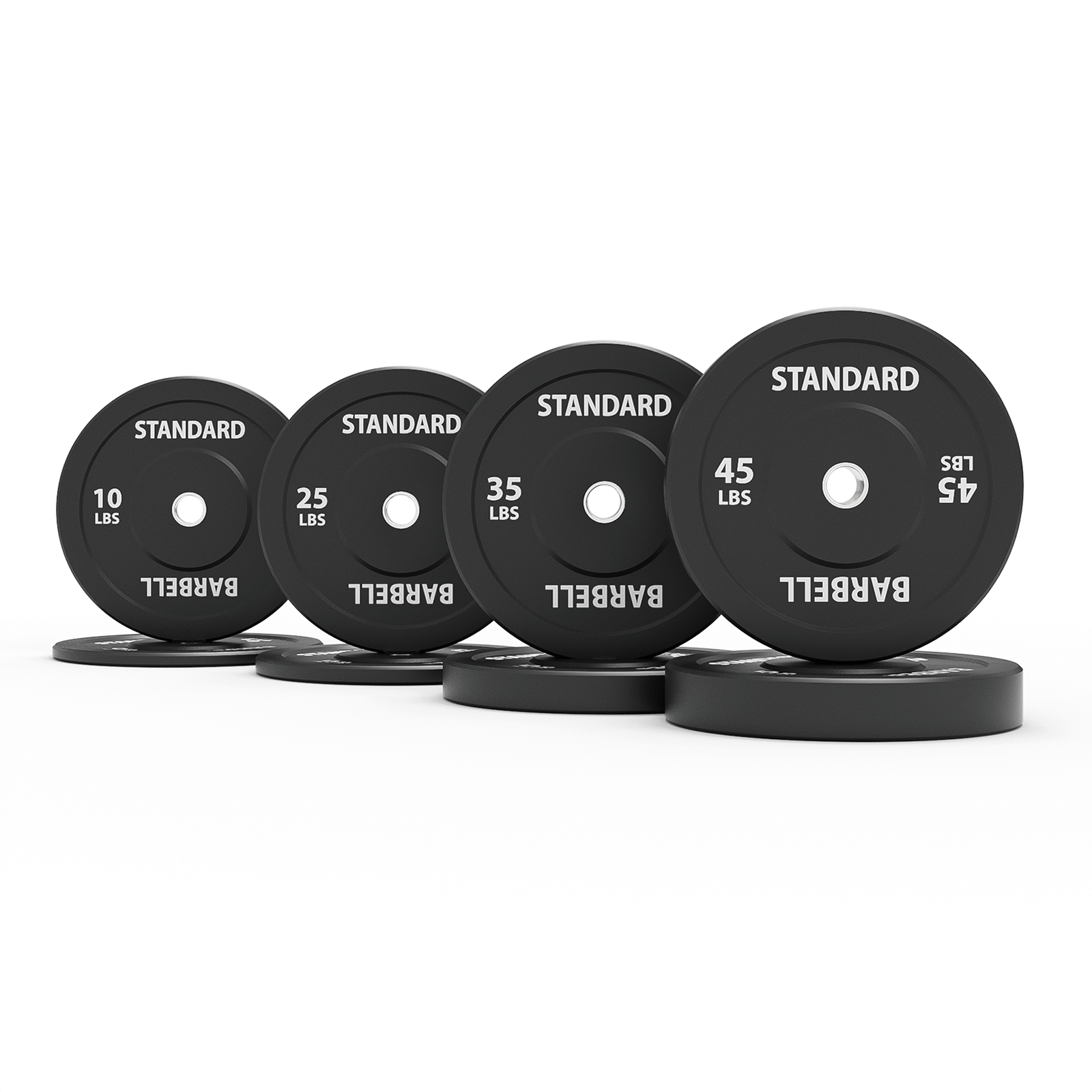
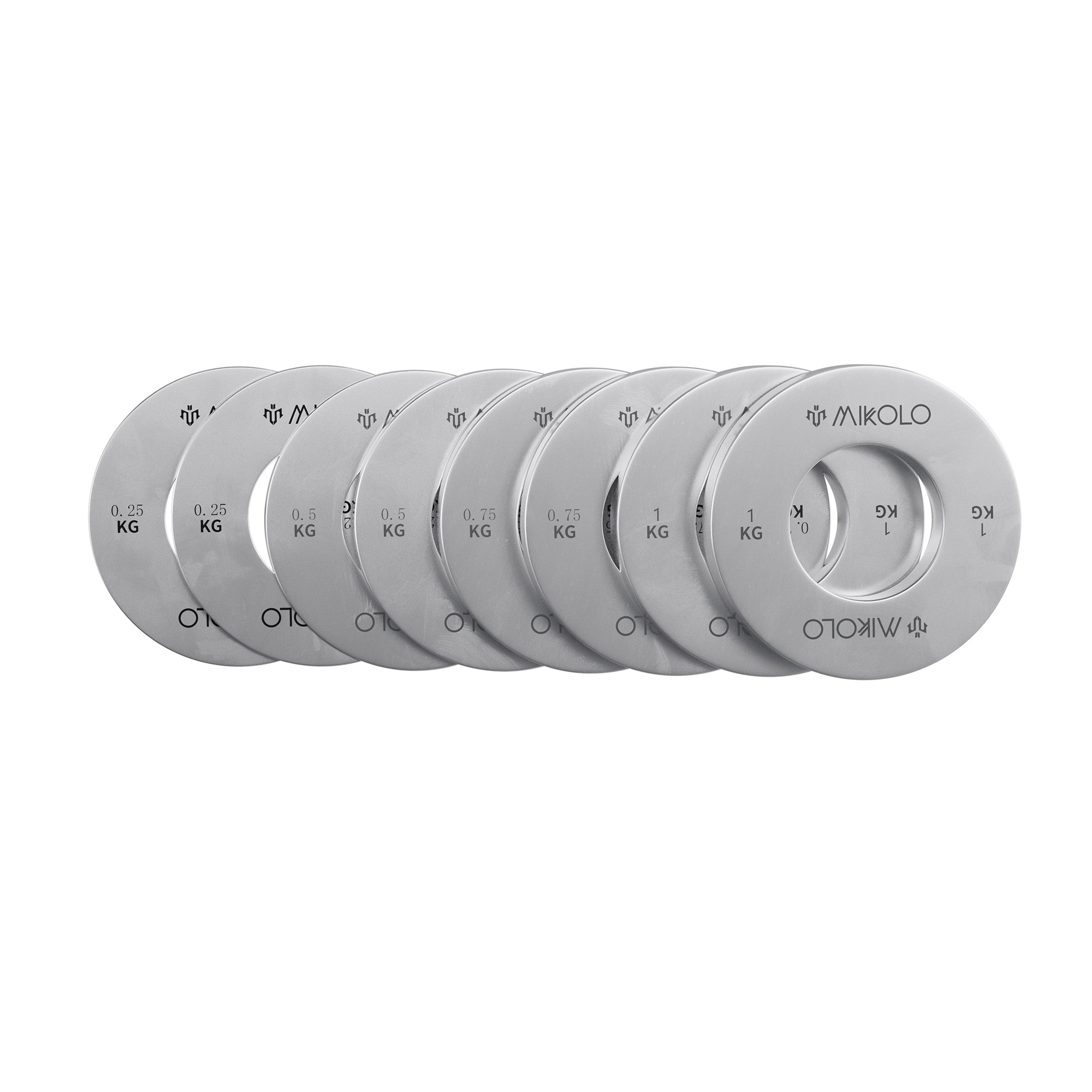
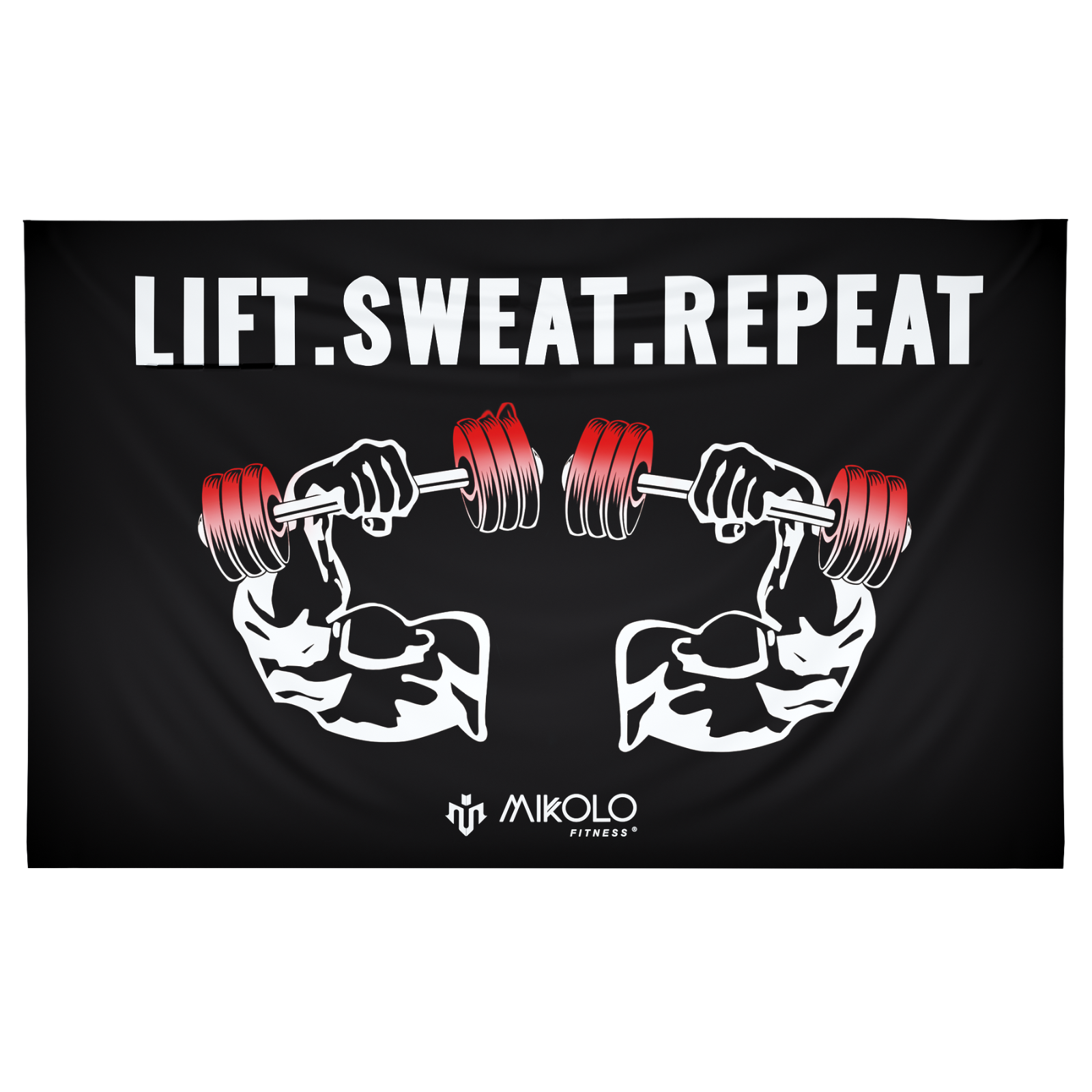
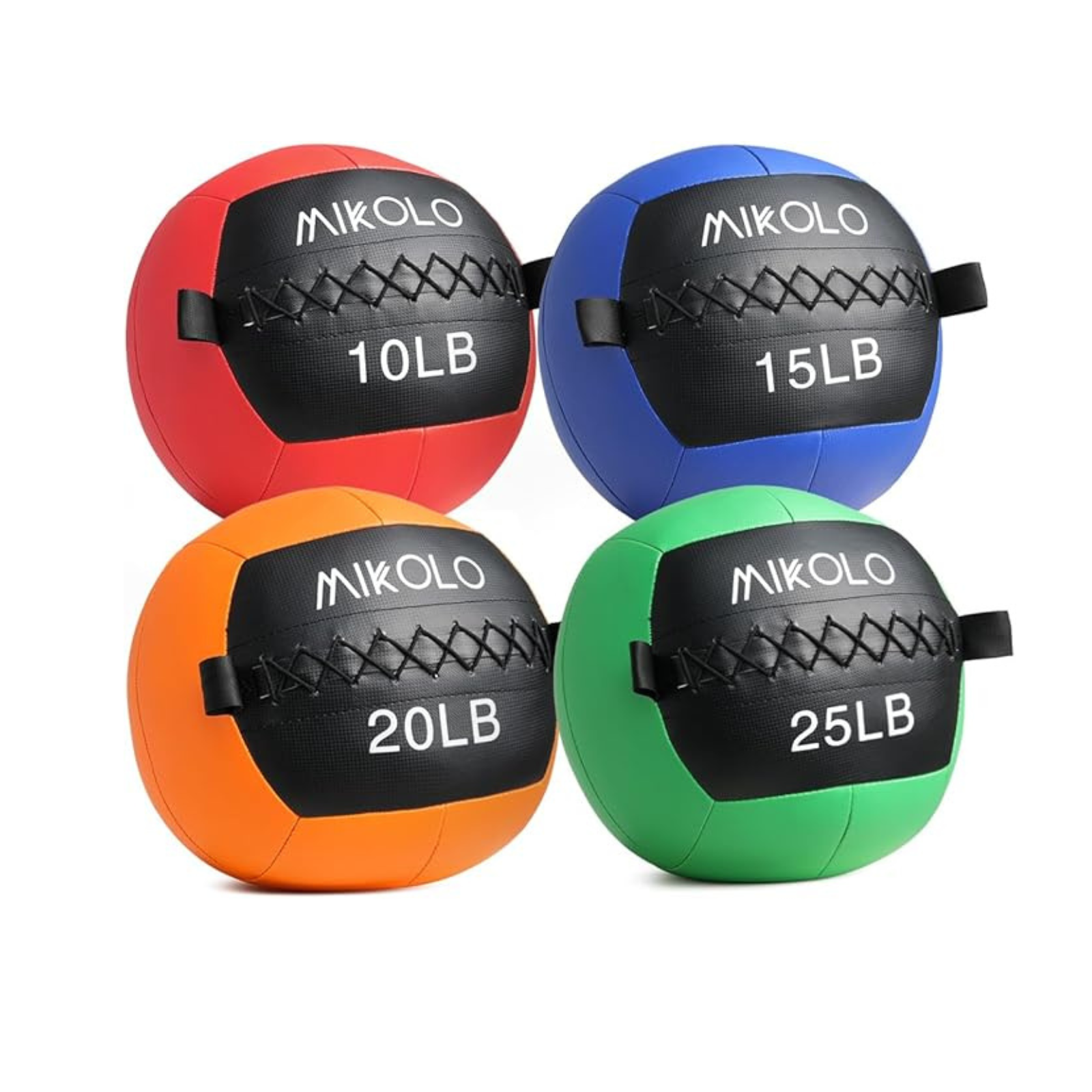
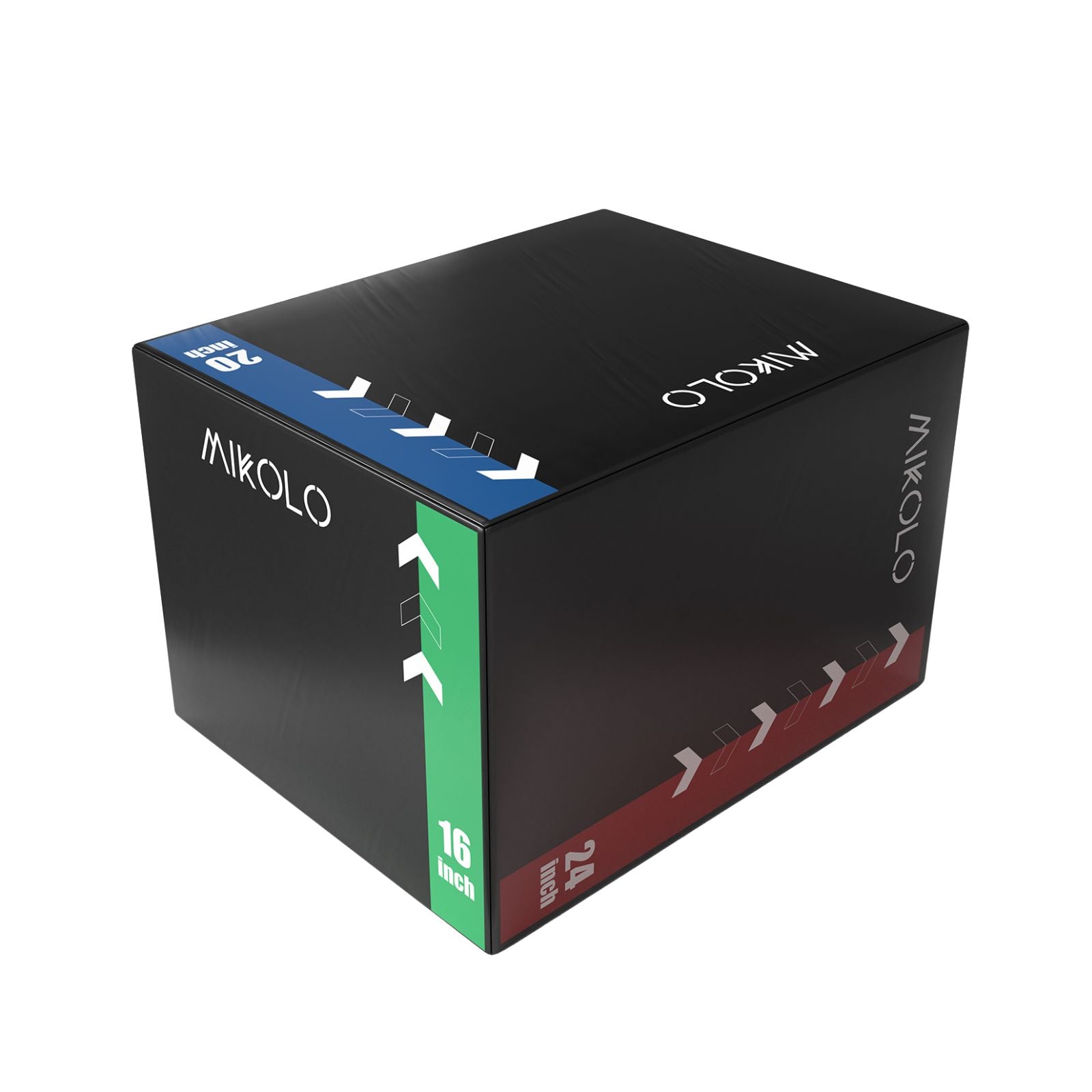

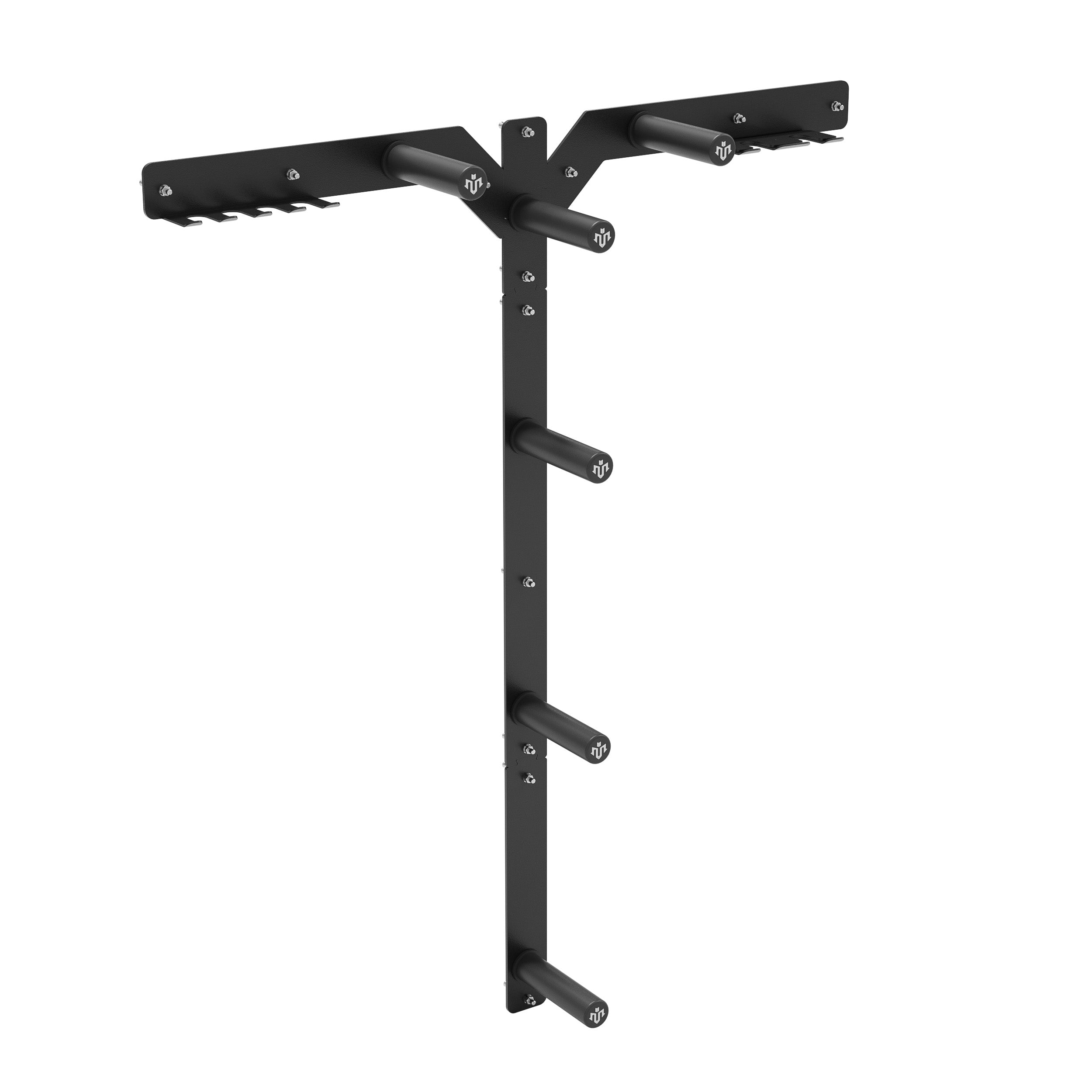




Leave a comment
This site is protected by hCaptcha and the hCaptcha Privacy Policy and Terms of Service apply.